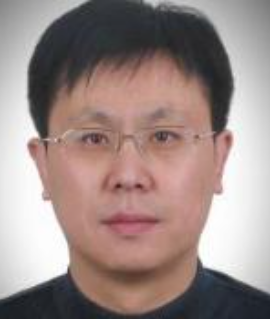Title : Oxidation of sulfur dioxide to sulfur trioxide over V2O5/TiO2 catalyst and sulfur balance
Abstract:
The oxidation of sulfur dioxide (SO2) to sulfur trioxide (SO3) is undesirable during the selective catalytic reduction (SCR) of nitrogen oxides (NOx) found in the flue gas of power plants. Sulfur trioxide has a toxicity over ten times than that of SO2 and is highly corrosive, resulting in corrosion of equipment and pollution of the environment. The objectives of this research are to establish the fundamental kinetics and mechanism of SO2 oxidation over supported V2O5/TiO2 catalyst and establish sulfur balance, then, use these insights to propose a basic theory for collaboratively controlling SO3 emissions. A series of supported V2O5/TiO2 catalysts were prepared with various V2O5 contents: 0.5%, 1%, 1.5%, 3%, 4% and 5%. Raman spectroscopy is used to determine the coordination of surface species. Isolated vanadia species were dispersed on the TiO2 surface as Ti-O-V bonds at VOx coverage below the monolayer. Sulfur dioxide temperature-programmed desorption and in situ diffuse reflectance infrared Fourier transform spectroscopy were conducted to study the interaction between SO2 and V2O5/TiO2. It was found that Ti-O-V was demonstrated to play a critical role in the SO2 adsorption and oxidation. A possible reaction mechanism of SO2 oxidation over V2O5/TiO2 catalyst was established in this study. The turnover frequency for SO2 oxidation was very low, approximately 10-5 s-1 at 320?. Over the range of conditions studied, the rate of SO2 oxidation is zero-order in oxygen and first-order in SO2, and the apparent activation energies for SO2 oxidation was obtained. The decrease of SO2, the gaseous SO3 and the sulfate deposited on catalyst surface were to be quantified by Fourier transform infrared spectrometer (FTIR), PENTOL SO3 analyzer and ion chromatography (IC), respectively. Then, the sulfur balance was established.



